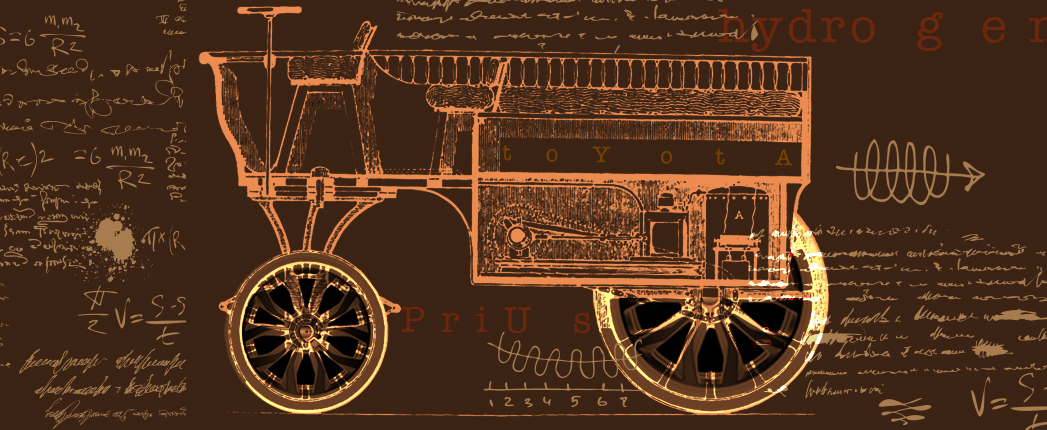
Toyota revealed that by 2025, its iconic Prius would be powered by a hydrogen-fueled internal combustion engine, according to Japanese automotive media. If the technology proves viable, it could be good news for lubricant blenders concerned about the rapid growth of battery electric vehicles and approaching bans on ICE and hybrid sales around the world
The Prius hydrogen ICE prototype has a 257 horsepower, 1.6 liter, three-cylinder Corolla Sport engine powered by compressed liquid hydrogen instead of gasoline. To achieve mass production of this engine, Toyota’s engineers replaced the fuel supply and injection system in a regular ICE to create a virtually zero-emission vehicle. A small amount of carbon dioxide will still be produced by the combustion of motor oil.
“From the technical viewpoint, it is a totally feasible technology. There are some specific challenges, but no conceptual show-stoppers,” Boris Zhmud, chief technology officer at Applied Nano Surfaces, told Electric Vehicles InSite.
Using hydrogen as a vehicle fuel dates back to Belgian-French engineer Etienne Lenoir’s ”hippomobile” in 1860. In the 1930s, the Soviets dabbled with hydrogen engines. More than a century after Lenoir, inventor Paul Dieges patented a modification that allowed a gasoline engine to run on the volatile gas. Between 2005 and 2007, BMW tested a luxury car named the Hydrogen 7, which reach a speed of 301 kilometers per hour in tests. At least two of these concept vehicles have been manufactured. Even so, hydrogen ICE vehicles have yet to make significant inroads into the market, much like fuel-cell electric vehicles.
Although they both use the same gas, a hydrogen ICE and an FCEV differ in that the fuel cell uses a hydrogen and oxygen reaction to create a current that charges a battery. While it requires different materials for fuel lines and some tweaks to injection and combustion management, a hydrogen engine is much like a conventional ICE. There would also be a need to reformulate the lubricants, but at least it would use them, unlike the much vaunted BEVs.
“Yes, it uses lubricants, which would require some tweaking as well. Thermal efficiency can be very high – up to 60% – much higher than in conventional gasoline or diesel ICEs,” he said. Gasoline combustion engines average 20% thermal efficiency, which is the ability to turn fuel into energy.
Despite its green credentials, there is still debate about the environmental impact of both FCEVs and hydrogen ICE vehicles stemming from the source of the fuel. So-called green hydrogen is produced by the electrolysis of water using renewable energy. Blue hydrogen is produced from extracted natural gas, with the carbon dioxide byproduct captured and stored.
“Most complaints about hydrogen [as an alternative fuel] come from hardcore EV proponents and thought leaders. However, we should keep in mind that modern electricity production is not carbon-free either,” Zhmud said.
Other commentators believe future mobility should involve a mix of technologies, such as hybrids, BEVs, FCEVs and hydrogen ICEs.
“The reality is a huge matrix of solutions for different applications. What about technical diversity? Why put all your assets in one solution and say by definition this is the clean solution and all others are wrong?” Sebastian Dörr, the managing director of Lubtrading, told Electric Vehicles InSite.
Toyota is “refusing to fall victim to political correctness and prioritize technical rationality over ideology. And they have the most powerful support group behind them – the customers,” Zhmud said.

Sorry, a technical error occurred and we were unable to log you into your account. We have emailed the problem to our team, and they are looking into the matter. You can reach us at cs@lubesngreases.com.
Click here link to homepage